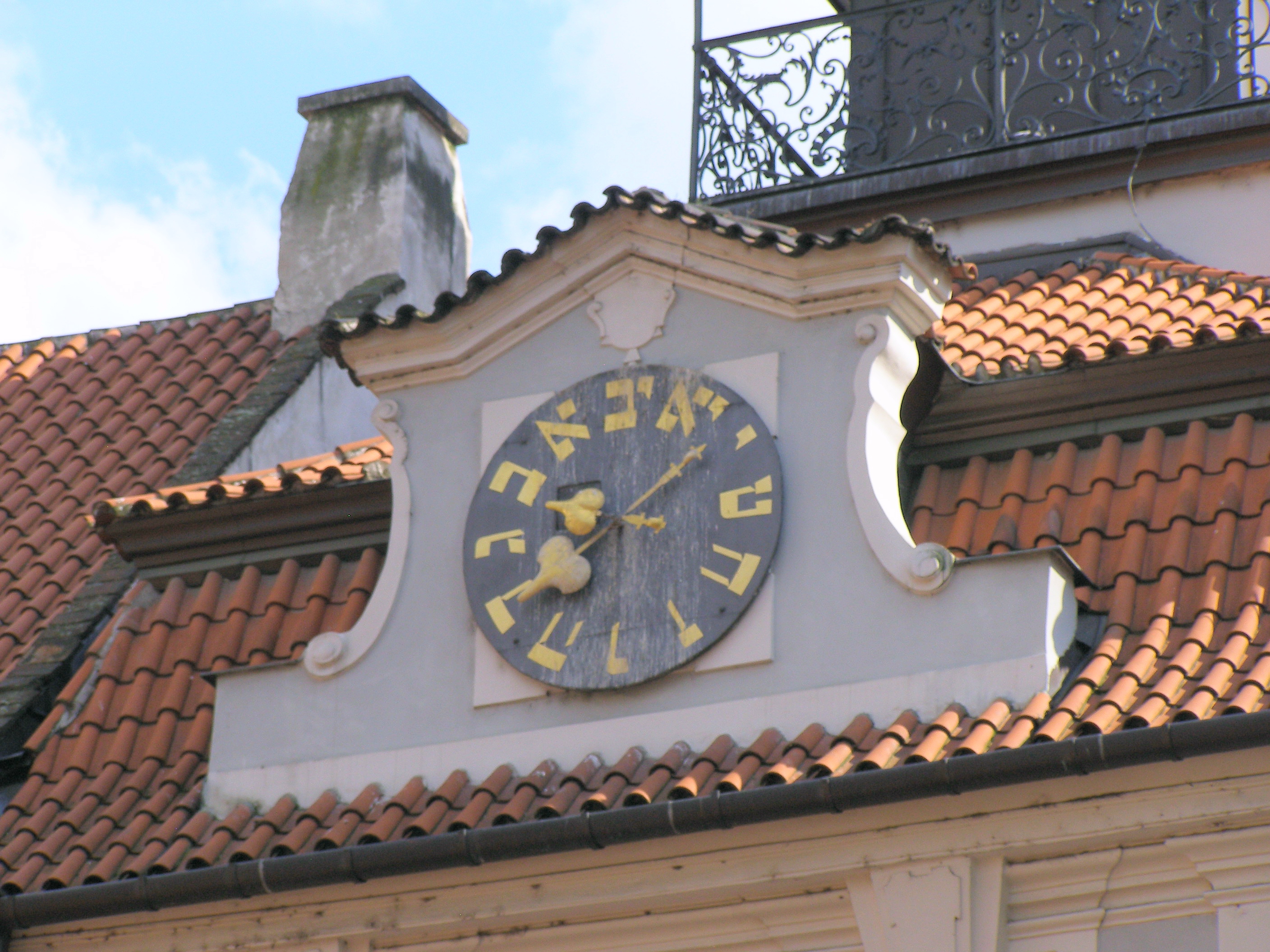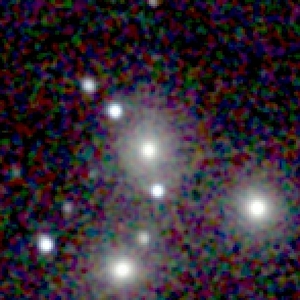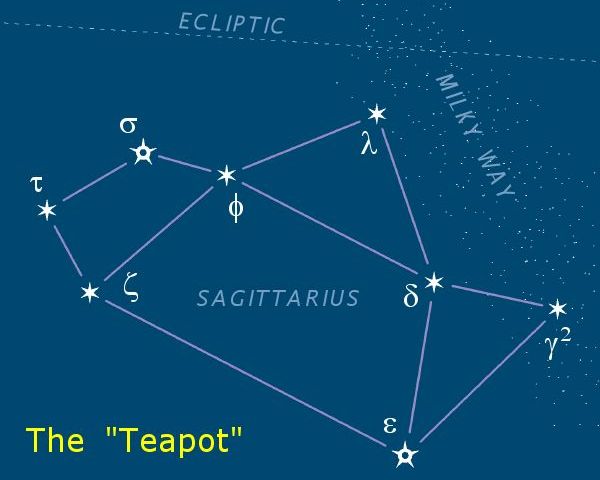|
70 (number)
70 (seventy) is the natural number following 69 and preceding 71. In mathematics 70 is: * a sphenic number because it factors as 3 distinct primes. * a Pell number. * the seventh pentagonal number. * the fourth tridecagonal number. * the fifth pentatope number. * the number of ways to choose 4 objects out of 8 if order does not matter. This makes it a central binomial coefficient. * the smallest weird number, a natural number that is abundant but not semiperfect. * a palindromic number in bases 9 (779), 13 (5513) and 34 (2234). * a Harshad number in bases 6, 8, 9, 10, 11, 13, 14, 15 and 16. * an Erdős–Woods number, since it is possible to find sequences of 70 consecutive integers such that each inner member shares a factor with either the first or the last member. The sum of the first 24 squares starting from 1 is 70 = 4900, i.e. a square pyramidal number. This is the only non trivial solution to the cannonball problem and relates 70 to the Leech lattice and thus ... [...More Info...] [...Related Items...] OR: [Wikipedia] [Google] [Baidu] |
Hebrew Numerals
The system of Hebrew numerals is a quasi-decimal alphabetic numeral system using the letters of the Hebrew alphabet. The system was adapted from that of the Greek numerals in the late 2nd century BCE. The current numeral system is also known as the ''Hebrew alphabetic numerals'' to contrast with earlier systems of writing numerals used in classical antiquity. These systems were inherited from usage in the Aramaic and Phoenician scripts, attested from c. 800 BCE in the so-called Samaria ostraca and sometimes known as ''Hebrew-Aramaic numerals'', ultimately derived from the Egyptian Hieratic numerals. The Greek system was adopted in Hellenistic Judaism and had been in use in Greece since about the 5th century BCE. In this system, there is no notation for zero, and the numeric values for individual letters are added together. Each unit (1, 2, ..., 9) is assigned a separate letter, each tens (10, 20, ..., 90) a separate letter, and the first four hundreds (100, 200, 300, 400) a ... [...More Info...] [...Related Items...] OR: [Wikipedia] [Google] [Baidu] |
Cannonball Problem
In the mathematics of figurate numbers, the cannonball problem asks which numbers are both square and square pyramidal. The problem can be stated as: given a square arrangement of cannonballs, for what size squares can these cannonballs also be arranged into a square pyramid. Equivalently, which squares can be represented as the sum of consecutive squares, starting from 1. Formulation as a Diophantine equation When cannonballs are stacked within a square frame, the number of balls is a square pyramidal number; Thomas Harriot gave a formula for this number around 1587, answering a question posed to him by Sir Walter Raleigh on their expedition to America. Édouard Lucas formulated the cannonball problem as a Diophantine equation :\sum_^ n^2 = M^2 or :\frac N(N+1)(2N+1) = \frac = M^2. Solution Lucas conjectured that the only solutions are ''N'' = 1, ''M'' = 1, and ''N'' = 24, ''M'' = 70, using either 1 or 4900 cannon balls. It was not until 1918 that G. N. Watson found a proof fo ... [...More Info...] [...Related Items...] OR: [Wikipedia] [Google] [Baidu] |
Spiral Galaxy
Spiral galaxies form a class of galaxy originally described by Edwin Hubble in his 1936 work ''The Realm of the Nebulae''Alt URL pp. 124–151) and, as such, form part of the Hubble sequence. Most spiral galaxies consist of a flat, rotating disk containing stars, gas and dust, and a central concentration of stars known as the bulge. These are often surrounded by ... [...More Info...] [...Related Items...] OR: [Wikipedia] [Google] [Baidu] |
NGC 70
NGC 70 is a spiral galaxy located in the constellation Andromeda. It was discovered on October 7, 1855 by R. J. Mitchell and was also observed on December 19, 1897 by Guillaume Bigourdan from France who described it as "extremely faint, very small, round, between 2 faint stars" NGC 70 is a member of a compact group of seven or eight galaxies, sometimes called the NGC 70 Group or the VV 166 Group. The group consists of three relatively bright galaxies: 70, 71 and 72 in the NGC catalog, along with four fainter galaxies. NGC 68 appears to be a group member, but its discrepant radial velocity and lack of tidal distortion suggests that it may be an unrelated galaxy along the group's line of sight. In photographs the NGC 70 group resembles the much more famous Stephan's Quintet group, and it is a popular target for amateur astrophotographers. References External links * 113 113 may refer to: *113 (number), a natural number * AD 113, a year *113 BC, a year *113 (band), a ... [...More Info...] [...Related Items...] OR: [Wikipedia] [Google] [Baidu] |
New General Catalogue
The ''New General Catalogue of Nebulae and Clusters of Stars'' (abbreviated NGC) is an astronomical catalog, astronomical catalogue of deep-sky objects compiled by John Louis Emil Dreyer in 1888. The NGC contains 7,840 objects, including galaxy, galaxies, star clusters and emission nebulae. Dreyer published two supplements to the NGC in 1895 and 1908, known as the ''Index Catalogues'' (abbreviated IC), describing a further 5,386 astronomical objects. Thousands of these objects are best known by their NGC or IC numbers, which remain in widespread use. The NGC expanded and consolidated the cataloguing work of William Herschel, William and Caroline Herschel, and John Herschel's ''General Catalogue of Nebulae and Clusters of Stars''. Objects south of the Celestial sphere, celestial equator are catalogued somewhat less thoroughly, but many were included based on observation by John Herschel or James Dunlop. The NGC contained multiple errors, but attempts to eliminate them were made by ... [...More Info...] [...Related Items...] OR: [Wikipedia] [Google] [Baidu] |
Sagittarius (constellation)
Sagittarius is one of the constellations of the zodiac and is located in the Southern celestial hemisphere. It is one of the 48 constellations listed by the 2nd-century astronomer Ptolemy and remains one of the 88 modern constellations. Its old astronomical symbol is (♐︎). Its name is Latin for " archer". Sagittarius is commonly represented as a centaur pulling back a bow. It lies between Scorpius and Ophiuchus to the west and Capricornus and Microscopium to the east. The center of the Milky Way lies in the westernmost part of Sagittarius (see Sagittarius A). Visualizations As seen from the northern hemisphere, the constellation's brighter stars form an easily recognizable asterism known as "the Teapot". The stars δ Sgr (Kaus Media), ε Sgr (Kaus Australis), ζ Sgr (Ascella), and φ Sgr form the body of the pot; λ Sgr (Kaus Borealis) is the point of the lid; γ2 Sgr (Alnasl) is the tip of the spout; and σ Sgr (Nunki) and τ Sgr the handle. These s ... [...More Info...] [...Related Items...] OR: [Wikipedia] [Google] [Baidu] |
Constellation
A constellation is an area on the celestial sphere in which a group of visible stars forms a perceived pattern or outline, typically representing an animal, mythological subject, or inanimate object. The origins of the earliest constellations likely go back to prehistory. People used them to relate stories of their beliefs, experiences, creation, or mythology. Different cultures and countries adopted their own constellations, some of which lasted into the early 20th century before today's constellations were internationally recognized. The recognition of constellations has changed significantly over time. Many changed in size or shape. Some became popular, only to drop into obscurity. Some were limited to a single culture or nation. The 48 traditional Western constellations are Greek. They are given in Aratus' work ''Phenomena'' and Ptolemy's ''Almagest'', though their origin probably predates these works by several centuries. Constellations in the far southern sky were ... [...More Info...] [...Related Items...] OR: [Wikipedia] [Google] [Baidu] |
Globular Cluster
A globular cluster is a spheroidal conglomeration of stars. Globular clusters are bound together by gravity, with a higher concentration of stars towards their centers. They can contain anywhere from tens of thousands to many millions of member stars. Their name is derived from Latin (small sphere). Globular clusters are occasionally known simply as "globulars". Although one globular cluster, Omega Centauri, was observed in antiquity and long thought to be a star, recognition of the clusters' true nature came with the advent of telescopes in the 17th century. In early telescopic observations globular clusters appeared as fuzzy blobs, leading French astronomer Charles Messier to include many of them in his catalog of astronomical objects that he thought could be mistaken for comets. Using larger telescopes, 18th-century astronomers recognized that globular clusters are groups of many individual stars. Early in the 20th century the distribution of globular clusters in the sk ... [...More Info...] [...Related Items...] OR: [Wikipedia] [Google] [Baidu] |
Visual Magnitude
Apparent magnitude () is a measure of the brightness of a star or other astronomical object observed from Earth. An object's apparent magnitude depends on its intrinsic luminosity, its distance from Earth, and any extinction of the object's light caused by interstellar dust along the line of sight to the observer. The word ''magnitude'' in astronomy, unless stated otherwise, usually refers to a celestial object's apparent magnitude. The magnitude scale dates back to the ancient Roman astronomer Claudius Ptolemy, whose star catalog listed stars from 1st magnitude (brightest) to 6th magnitude (dimmest). The modern scale was mathematically defined in a way to closely match this historical system. The scale is reverse logarithmic: the brighter an object is, the lower its magnitude number. A difference of 1.0 in magnitude corresponds to a brightness ratio of \sqrt /math>, or about 2.512. For example, a star of magnitude 2.0 is 2.512 times as bright as a star of magnitude 3.0, ... [...More Info...] [...Related Items...] OR: [Wikipedia] [Google] [Baidu] |
Messier 70
Messier 70 or M70, also known as NGC 6681, is a globular cluster of stars to be found in the south of Sagittarius. It was discovered by Charles Messier in 1780. The famous comet Hale–Bopp was discovered near this cluster in 1995. It is about 29,400 light years away from Earth and around from the Galactic Center. It is roughly the same size and luminosity as its neighbour in space, M69. M70 has a very small core radius of and a half-light radius of . This cluster has undergone core collapse, leaving it centrally concentrated with the luminosity distribution following a power law. There are two distinct stellar populations in the cluster, with each displaying unique abundance abundances. These likely represent different generations of stars. Five known variable stars lie within the broadest radius, the tidal radius, of it, all of which are RR Lyrae variables. The cluster may have two blue stragglers near the core. Gallery File:Messier 70 Hubble WikiSky.jpg, Image by ... [...More Info...] [...Related Items...] OR: [Wikipedia] [Google] [Baidu] |
Messier Object
The Messier objects are a set of 110 astronomical objects catalogued by the French astronomer Charles Messier in his ''Catalogue des Nébuleuses et des Amas d'Étoiles'' (''Catalogue of Nebulae and Star Clusters''). Because Messier was only interested in finding comets, he created a list of those non-comet objects that frustrated his hunt for them. The compilation of this list, in collaboration with his assistant Pierre Méchain, is known as ''the Messier catalogue''. This catalogue of objects is one of the most famous lists of astronomical objects, and many Messier objects are still referenced by their Messier numbers. The catalogue includes most of the astronomical deep-sky objects that can easily be observed from Earth's Northern Hemisphere; many Messier objects are popular targets for amateur astronomers. A preliminary version first appeared in 1774 in the ''Memoirs'' of the French Academy of Sciences for the year 1771. The first version of Messier's catalogue con ... [...More Info...] [...Related Items...] OR: [Wikipedia] [Google] [Baidu] |
Ytterbium
Ytterbium is a chemical element with the symbol Yb and atomic number 70. It is a metal, the fourteenth and penultimate element in the lanthanide series, which is the basis of the relative stability of its +2 oxidation state. However, like the other lanthanides, its most common oxidation state is +3, as in its oxide, halides, and other compounds. In aqueous solution, like compounds of other late lanthanides, soluble ytterbium compounds form complexes with nine water molecules. Because of its closed-shell electron configuration, its density and melting and boiling points differ significantly from those of most other lanthanides. In 1878, the Swiss chemist Jean Charles Galissard de Marignac separated from the rare earth "erbia" another independent component, which he called " ytterbia", for Ytterby, the village in Sweden near where he found the new component of erbium. He suspected that ytterbia was a compound of a new element that he called "ytterbium" (in total, four elements we ... [...More Info...] [...Related Items...] OR: [Wikipedia] [Google] [Baidu] |

.jpg)








